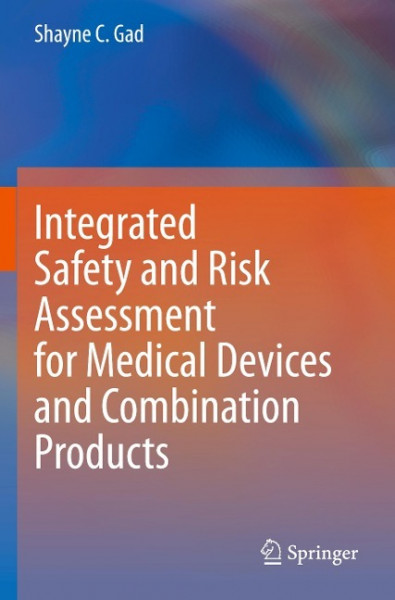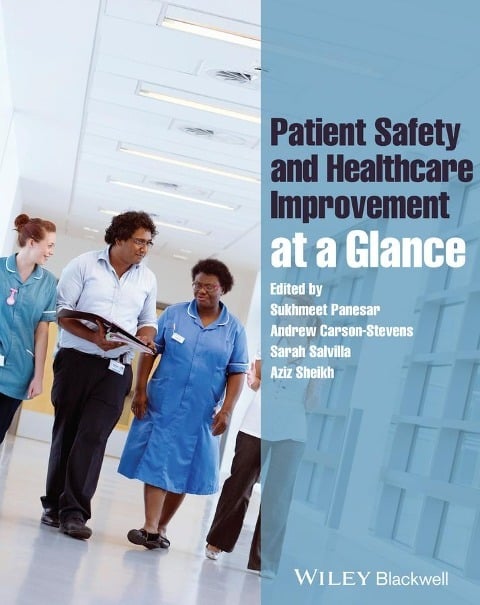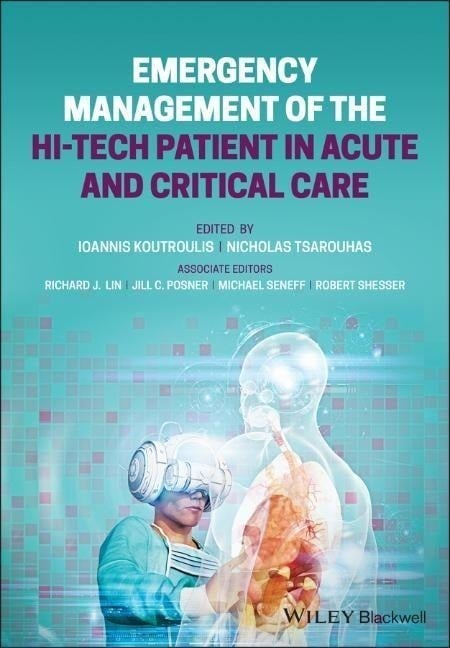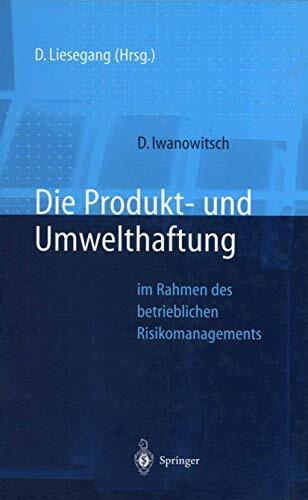
Integrated Safety and Risk Assessment for Medical Devices and Combination Products
Kurzinformation
inkl. MwSt. Versandinformationen
Artikel zZt. nicht lieferbar
Artikel zZt. nicht lieferbar

Beschreibung
While the safety assessment ("biocompatibility") of medical devices has been focused on issues of local tissue tolerance (irritation, sensitization, cytotoxicity) and selected quantal effects (genotoxicity and acute lethality) since first being regulated in the late 1950s, this has changed as devices assumed a much more important role in healthcare and became more complex in both composition and in their design and operation.Add to this that devices now frequently serve as delivery systems for drugs, and that drugs may be combined with devices to improve device performance, and the problems of ensuring patient safety with devices has become significantly more complex.A part of this, requirements for ensuring safety (once based on use of previously acceptable materials - largely polymers and metals) have come to requiring determining which chemical entities are potentially released from a device into patients (and how much is released). Then an appropriate and relevant (yet also conservative) risk assessment must be performed for each identified chemical structure. The challenges inherent in meeting the current requirements are multifold, and this text seeks to identify, understand, and solve all of them.. Identify and verify the most appropriate available data.. As in most cases such data is for a different route of exposure, transform it for use in assessing exposure by the route of interest.. As the duration (and rate) of exposure to moieties released from a device are most frequently different (longer) than what available data speaks to, transformation across tissue is required.. As innate and adaptive immune responses are a central part of device/patient interaction, assessing potential risks on this basis are required.. Incorporating assessments for special populations such as neonates.. Use of (Q)SAR (Quantitative Structure Activity Relationships) modeling in assessments.. Performance and presentation of integrative assessments covering all potential biologic risks.Appendices will contain summarized available biocompatibility data for commonly used device materials (polymers and metals) and safety assessments on the frequently seen moieties in extractions from devices. von Gad, Shayne C.
Produktdetails

So garantieren wir Dir zu jeder Zeit Premiumqualität.
Über den Autor
Dr. Shayne Gad has over 43 years experience as a toxicologist, statistical consultant, manager and consultant on research and development in the chemical, consumer product, contract testing, biotechnology, medical device, and pharmaceutical industries. He is experienced in occupational and industrial toxicology, development programs (both preclinical and clinical) and study design, conduct and reporting, in evaluating clinical and product safety data, in training and managing staff; in dealing with a wide range of U.S. and foreign regulatory bodies, commercial concerns, and contract research organizations; in labeling and other FDA compliance issues for drugs, devices and dietary supplements; identifying, developing and putting into everyday use new technology; in writing reports, position papers, Material Safety Data Sheets, MAA/PLA/IND/NDA/PNA toxicology and pharmacokinetic summaries and package inserts; in preparing and maintaining INDs, MMFs, NADAs , DMFs, IDEs and 510(k)s; in preparing labels and package inserts for drugs, devices, combination products and consumer products; in presentations to FDA and in designing experiments, designing and executing surveys; in the pharmacokinetic and statistical analysis of both experimental and clinical data; in risk assessment; in Proposition 65 assessments and labeling; in the registration of OTC, dietary supplement, nutraceutical, and sterilant products with FDA; and in the development and production of biologic products. Author/editor of 50 books, 67 independent chapters and more than 350 peer reviewed papers and abstracts.

- Gebunden
- 360 Seiten
- Erschienen 2018
- Carl Hanser Verlag GmbH & C...

- hardcover
- 737 Seiten
- Erschienen 2023
- C.H.Beck

- Hardcover
- 144 Seiten
- Erschienen 2014
- Wiley-Blackwell

- paperback
- 72 Seiten
- Erschienen 2025
- Verlag Unser Wissen

- paperback
- 288 Seiten
- Erschienen 2012
- Wiley-Blackwell

- Gebunden
- 418 Seiten
- Erschienen 2023
- Carl Hanser Verlag GmbH & C...

- hardcover
- 464 Seiten
- Erschienen 2008
- CRC Press

- hardcover
- 444 Seiten
- Erschienen 2010
- Humana

- hardcover
- 750 Seiten
- Erschienen 2011
- Wiley-Blackwell

- Gebunden
- 265 Seiten
- Erschienen 2015
- Springer

- hardcover
- 278 Seiten
- Erschienen 2008
- CRC Press Inc

- Gebunden
- 392 Seiten
- Erschienen 2020
- Carl Hanser Verlag GmbH & C...

- Kartoniert
- 256 Seiten
- Erschienen 2021
- Hogrefe AG

- hardcover
- 986 Seiten
- Erschienen 2016
- Academic Press































